Six Differences Between Apocalyptic Games and Our Actual Dystopia
PocketEpiphany
Published
09/14/2021
in
wtf
One thing that Hollywood and game devs are fascinated about is the idea of living in an apocalypse. And countless games focus on players surviving some kind of dystopia or apocalypse.
While these games can be fun, the simple truth is they are nothing like our current and future dystopia. Here are some of the differences between games and reality.
While these games can be fun, the simple truth is they are nothing like our current and future dystopia. Here are some of the differences between games and reality.
- List View
- Player View
- Grid View
Advertisement
-
1.
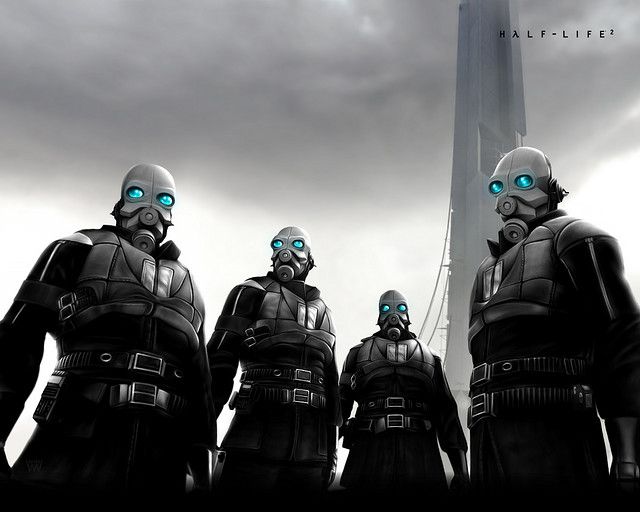 We Can Do Bad All By Ourselves
We Can Do Bad All By Ourselves
The world of Half-Life 2 is very dystopian from nearly the beginning. This is because the Combine have taken over Earth and used their advanced technology to transform armed forces and turn the entire planet into a police state.
The central conceit here is that it would take some kind of external manipulation to make that happen. But just take a look at America: increased government surveillance of citizens (thanks, Patriot Act), punishment for those who tell the truth (sorry, Snowden), and casually fatal police brutality (rest in peace, George Floyd) are already here.
We don’t get a dystopia because we allowed aliens to come to Earth. We get it instead by electing all of the worst people into decades of local and national service! -
2.
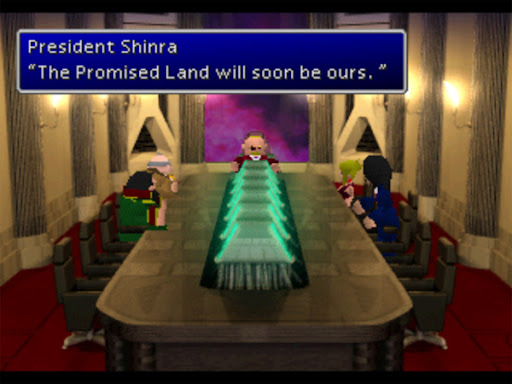 The Dangers of Faith
The Dangers of Faith
Final Fantasy VII presented a dystopia that, on the surface, may seem kind of familiar. Once you get past the giant swords and magical aliens, this is a tale of a greedy company trying to find The Promised Land in order to exploit the resources. In other words, capitalism is going to capitalism.
However, the key difference is that in that dystopia, Shinra is just trying to exploit these resources, and nobody there is actually drinking the Kool-Aid about this mystical land. Here in real life, Mississippi Governor Tate Reeves looked at the rising COVID-19 deaths and crappy safety measures in his own state and said this: “When you believe in eternal life — when you believe that living on this earth is but a blip on the screen, then you don’t have to be so scared of things.”
In other words, there is less need to keep his citizens alive because the right people are just going to go to heaven (their own Promised Land) when they die. Who needs Shinra fighting Avalanche when our real governments are combining both greed and insane religious beliefs that are bound to get (even more) people killed? -
3.
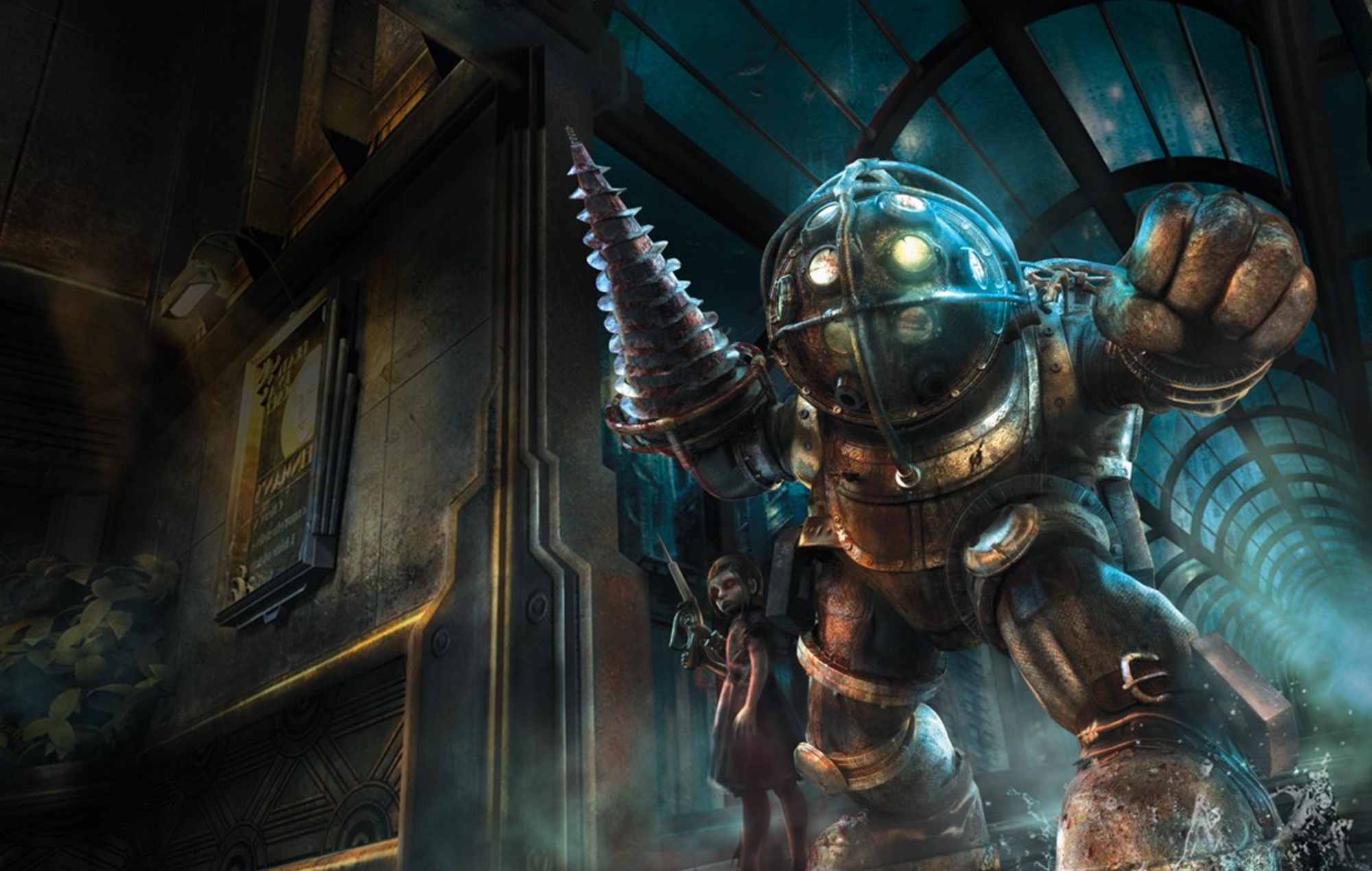 The Real “Bioshock”
The Real “Bioshock”
Speaking of COVID-19 stuff, the current worldwide pandemic has had a really unintended side effect. That is, it shows just how silly the world of Bioshock really is.
In the original Bioshock, Andrew Ryan builds an Ayn Rand-style “utopia” at the bottom of the ocean where everyone can live free of the laws and regulations of the surface world. And it apparently takes no time at all for everything to go to hell, especially as people fought over the resource ADAM and its ability to alter their DNA.
In the real world, though, there is no need for those obsessed with Ayn Rand to build an underwater city. Instead, they walk among us, claiming that everything from getting one more vaccine (as opposed to the 16 they got as children) to simply wearing a mask means that Hitler won the election. Nobody can make them take care of others, and by God, they are going to make sure your parents die!
Forget fighting over ADAM injections: these guys are still busy convincing themselves that vaccines made their kids autistic and will make them want to have sex with all the gay frogs out there. -
4.
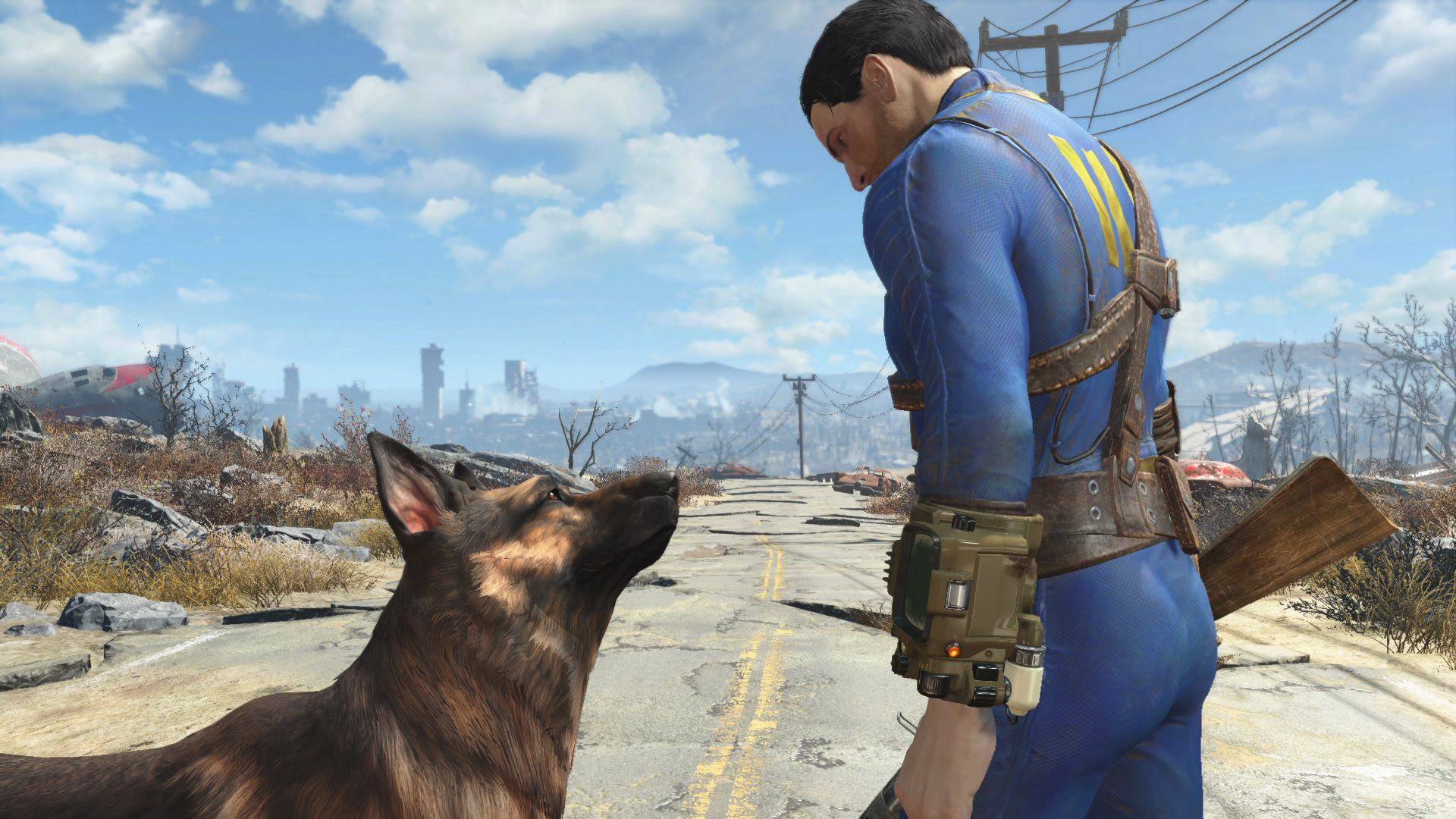 Dealing With the “Fallout”
Dealing With the “Fallout”
In many ways, the Fallout series is the biggest symbol of apocalyptic video games. These titles explore how different sects of humanity deal with life after a nuclear holocaust wipes just about everyone off the face of the planet.
While bleak, the world of Fallout is filled with fanciful creatures including giant roaches, roaming Super Mutants, and your standard-issue wasteland scavengers. As fun as these games can be, though, the truth is that we are less likely than ever to wake up one day in a post-nuclear wasteland.
In reality, our future dystopia will probably be more like Mad Max, with nations and people fighting over dwindling resources (mostly water) as the effects of climate change only worsen. Although that could bring us full circle back to Fallout 3 as we develop technology to create “purified water” amid global shortages. -
5.
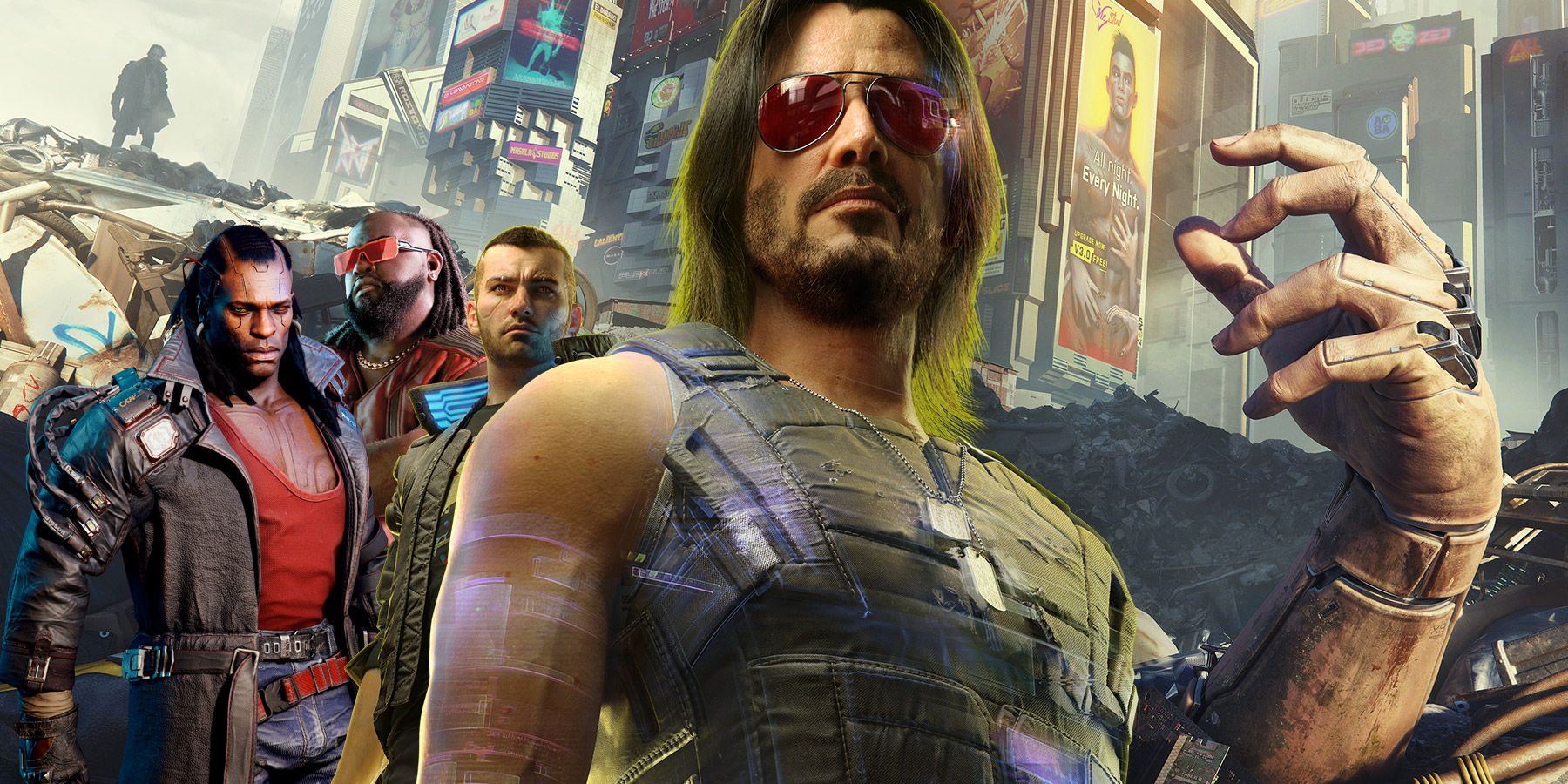 Sayonara, Cyberpunk
Sayonara, Cyberpunk
Love it or hate it, Cyberpunk 2077’s plot beats weren’t developed in a vacuum. It is thoroughly ensconced in the vision of cyberpunk dystopia that William Gibson helped make famous in Neuromancer and subsequent works.
And one of the central ideas of any cyberpunk dystopia is that corporations control everything. Forget governments: it all comes down to a handful of businesses that have all the resources and all the control.
As fun as cyberpunk can be, though, that future is never going to happen. Just look at the American government, where all corporations and lobbyists have to do is make the right donations to effectively buy key votes and change key laws. Why would corporations ever try to take over the world when it is magnitudes easier just to buy yourself a few politicians each year and rake in the profits? -
6.
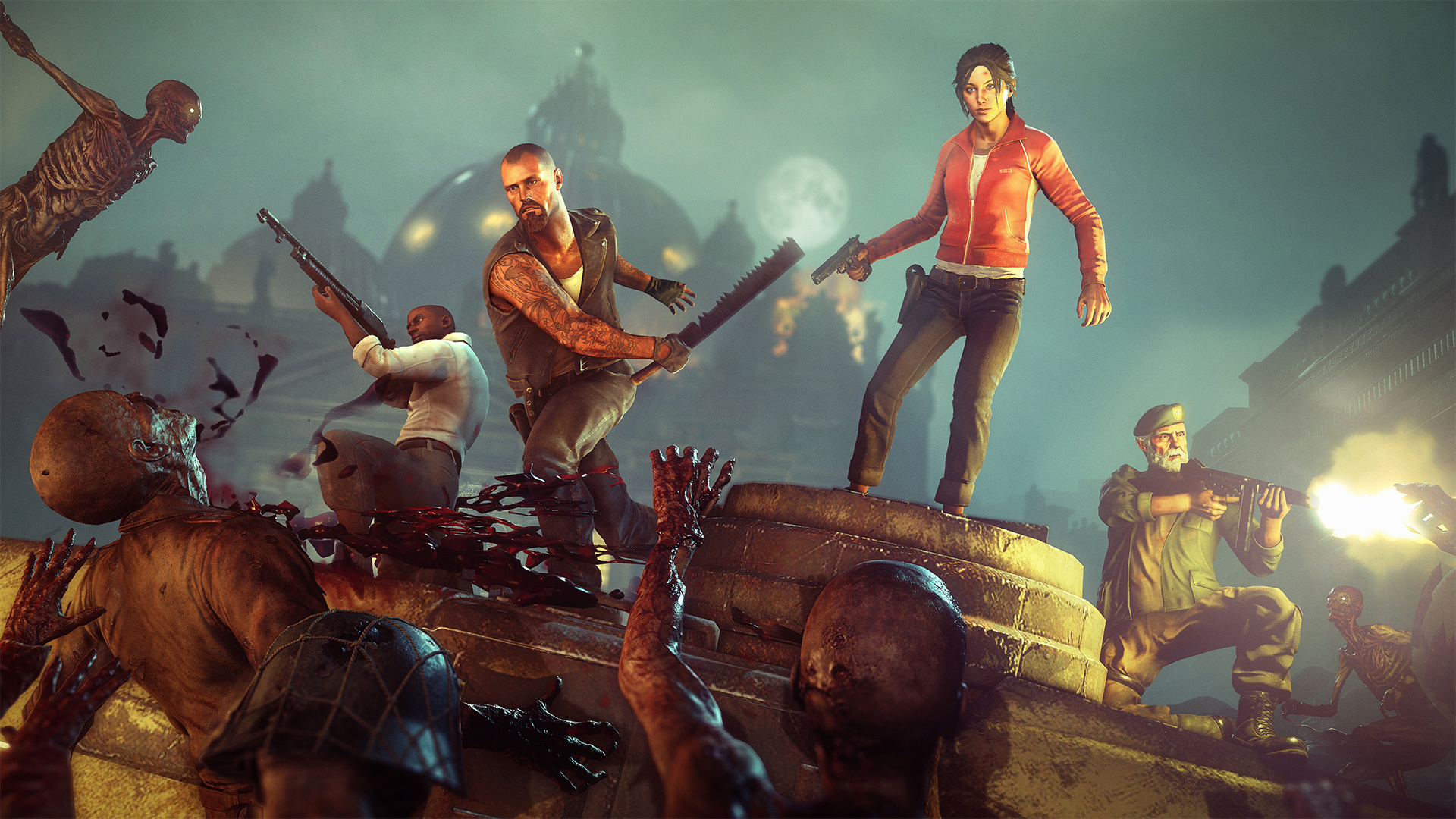 Final Thoughts
Final Thoughts
The simple truth is that most video game dystopias and apocalyptic wastelands are going to miss the mark because they were never actually rooted in the future. Instead, they were rooted in the anxieties of the past.
The Fallout games are fun, for example, but the setting plays on nuclear war anxieties that stretch from 1950s monster movies to 1980s nuclear attack drills in public schools. And Bioshock is amazing to play, but the core idea is that the game devs are taking the piss out of the works of Ayn Rand...which people have been doing basically since Atlas Shrugged came out in 1957.
And this isn’t even contending with the countless games that put players in the midst of a zombie apocalypse. Zombies are our classic fear of “the other” made manifest, and their popularity stretches back to Night of the Living Dead coming out in 1968. But as Romero’s subsequent films make clear and what game devs still struggle with is the idea that our fellow man and our current governments are far more frightening than imagined disasters due to zombies, aliens, or any other fanciful monsters.
- NEXT GALLERY
-
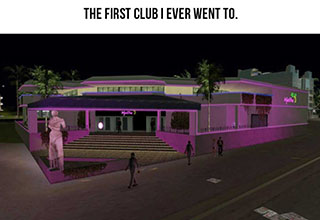
- 26 Funny Memes From The Games We Play
We Can Do Bad All By Ourselves
The world of Half-Life 2 is very dystopian from nearly the beginning. This is because the Combine have taken over Earth and used their advanced technology to transform armed forces and turn the entire planet into a police state.
The central conceit here is that it would take some kind of external manipulation to make that happen. But just take a look at America: increased government surveillance of citizens (thanks, Patriot Act), punishment for those who tell the truth (sorry, Snowden), and casually fatal police brutality (rest in peace, George Floyd) are already here.
We don’t get a dystopia because we allowed aliens to come to Earth. We get it instead by electing all of the worst people into decades of local and national service!
6/6
1/6



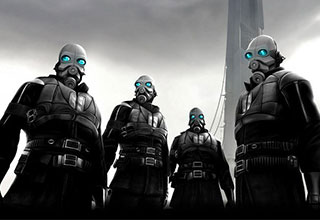
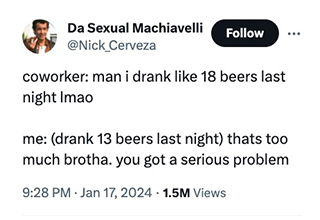
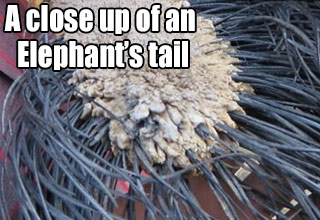
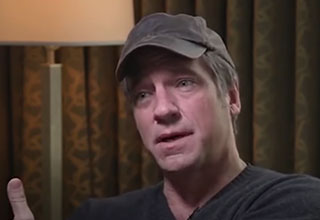

6 Comments